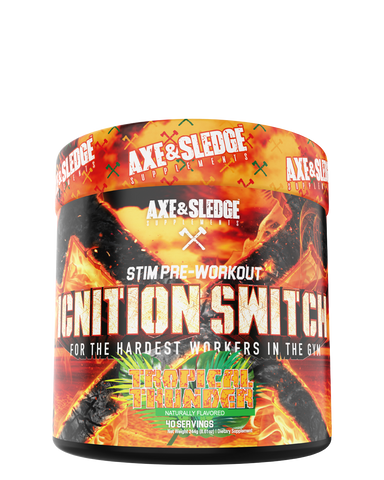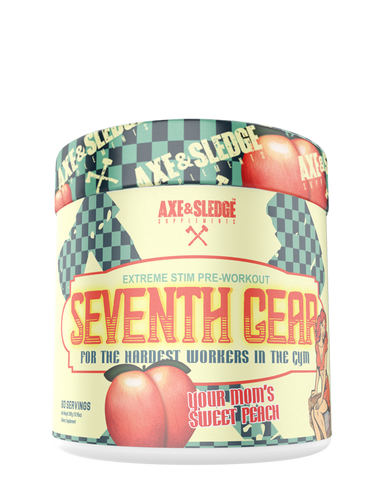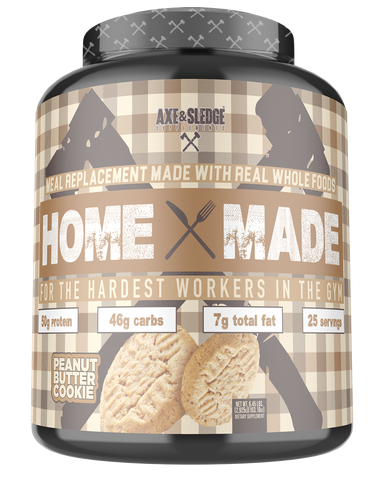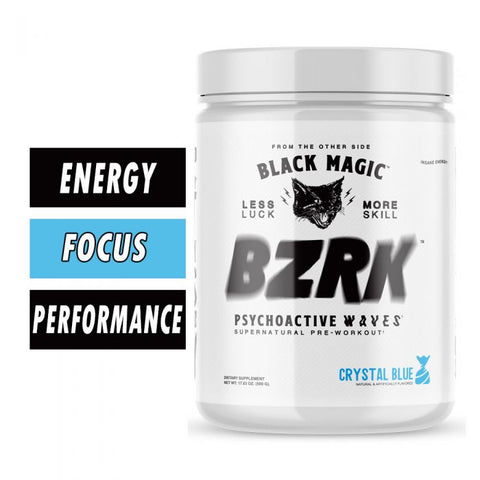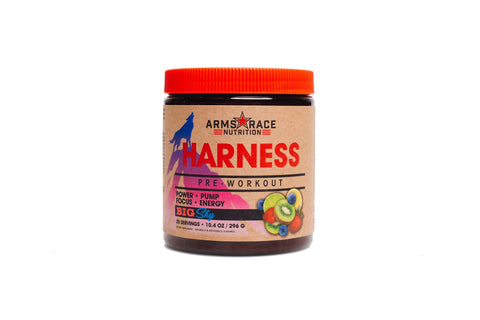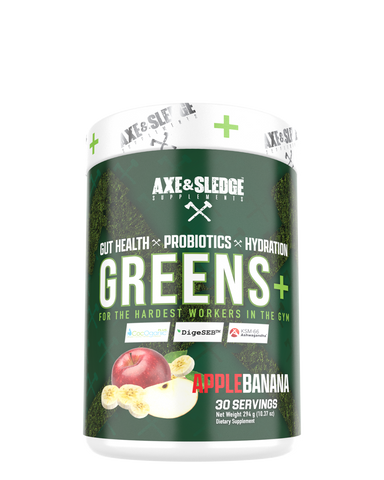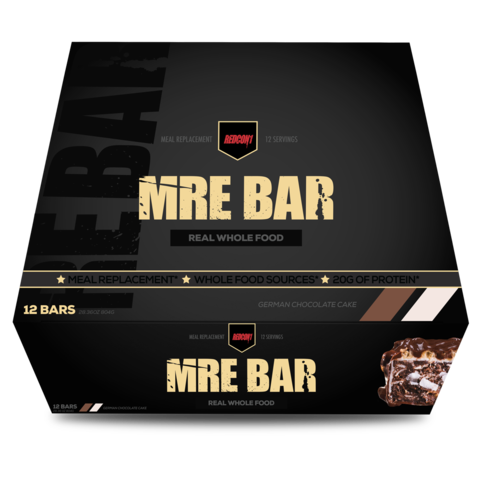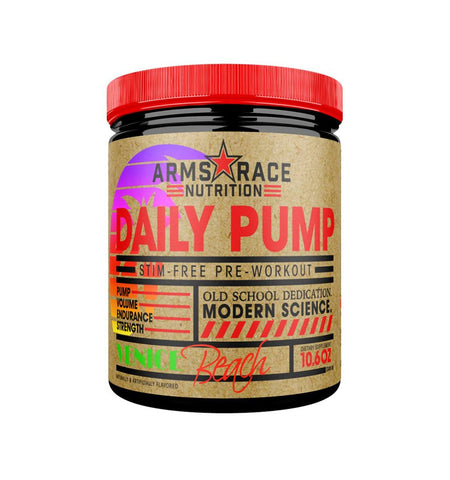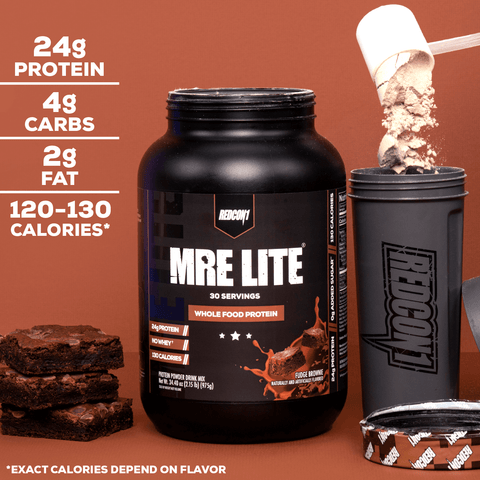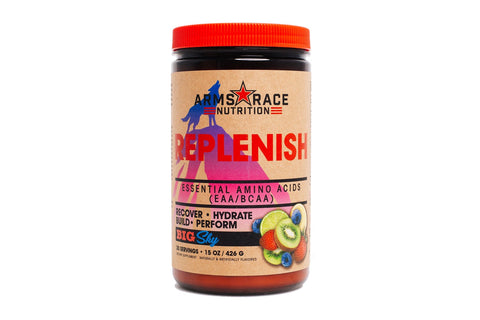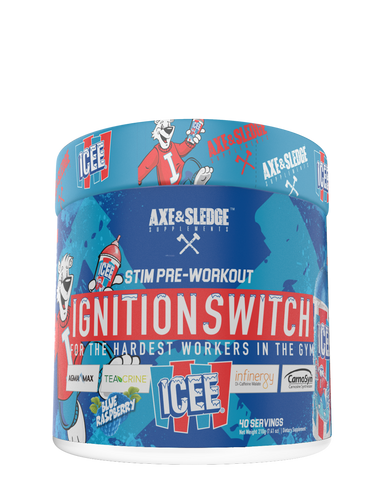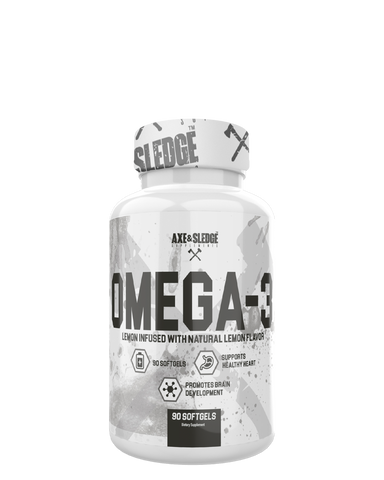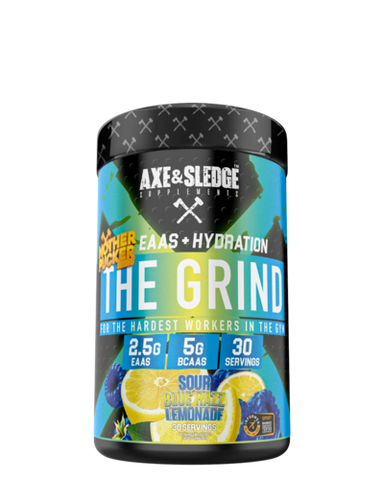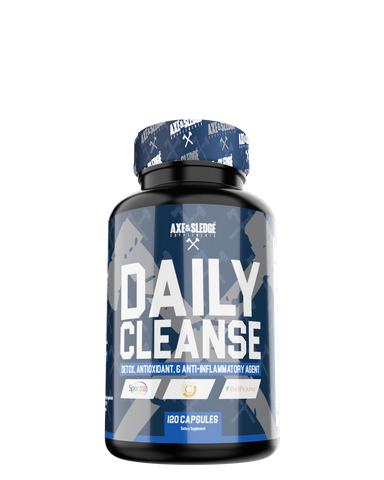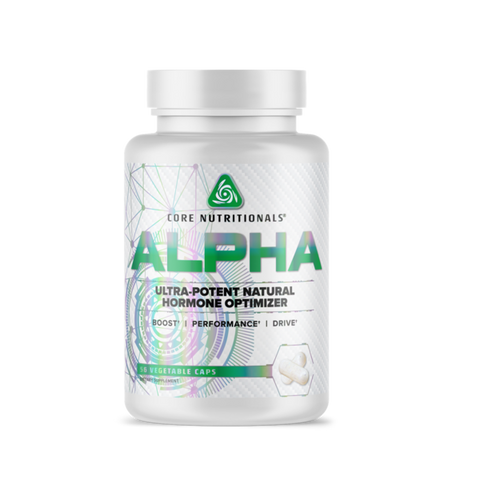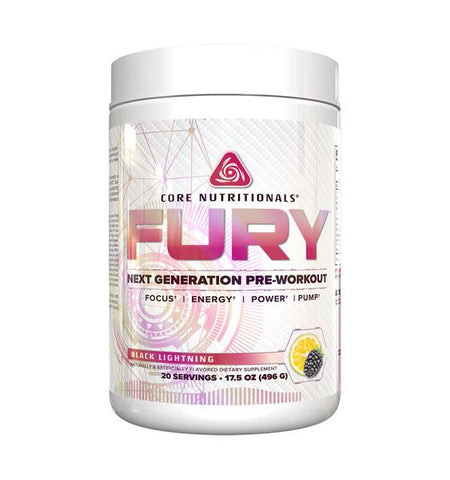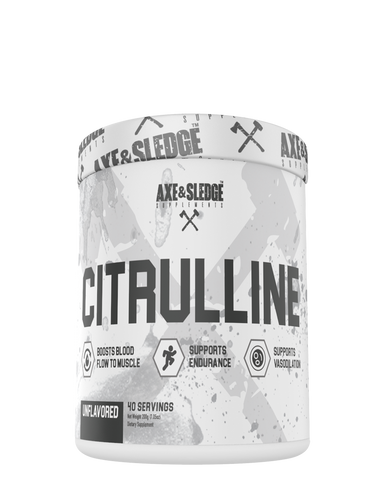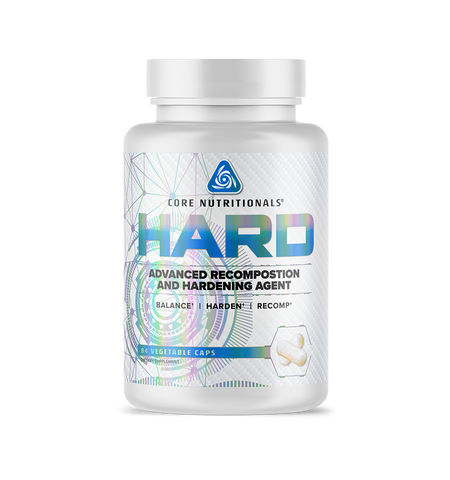CHEMIX NOOTROPIC
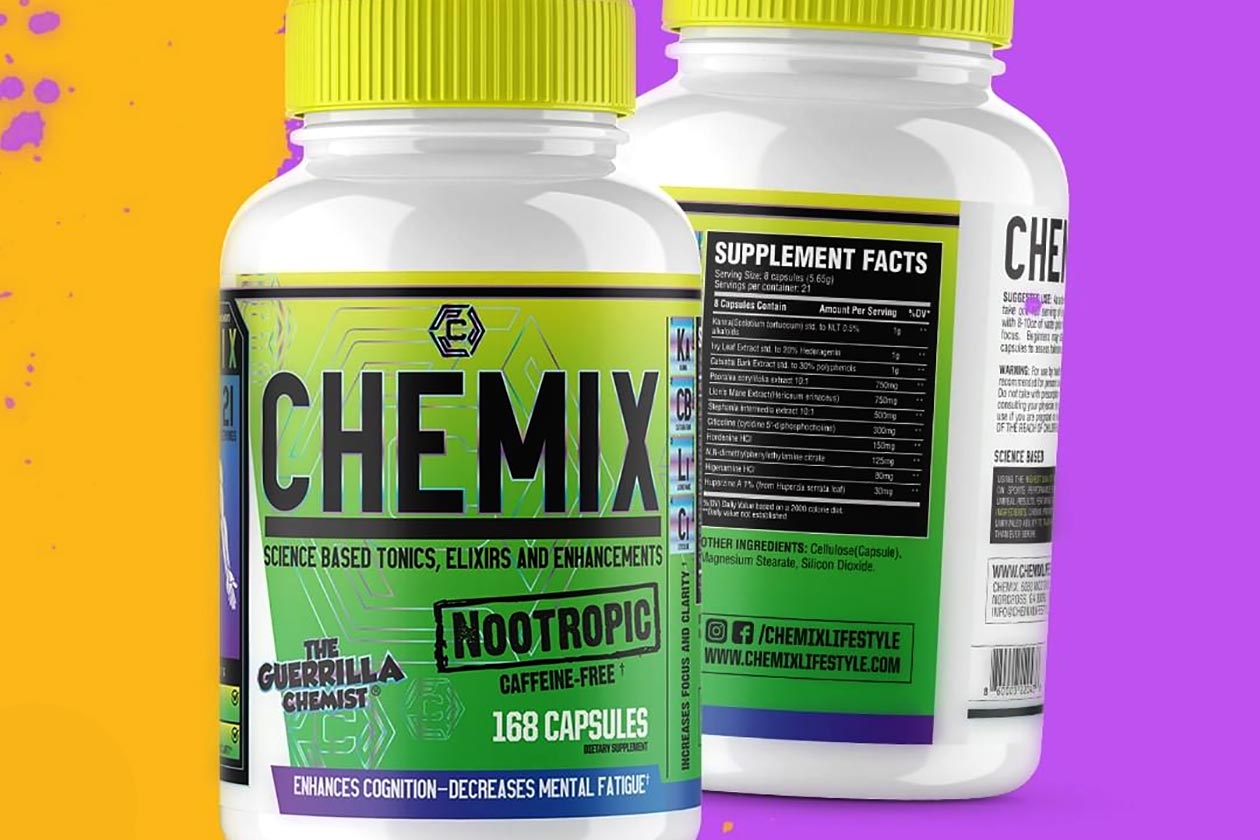
Sold Out
AMPED SEAL OF APPROVAL
DETAILS:
CHEMIX- NOOTROPIC (POTENT COGNITION ENHANCER) FORMULATED BY THE GUERRILLA CHEMIST!
Chemix CEO The Guerrilla Chemist is back with his long awaited Nootropic Formulation that not only decreases mental fatigue but increases cognition to enhance productivity and provide focus at levels you have never seen before.
Redefine your focus with our brand new caffeine free nootropic blend helping you to harness the power of incredible ingredients like Lions Mane Extract, Huperzine A, Ivy Leaf Extract, Kanna, and more which deliver mental acuity beyond your wildest imagination.

HOW DOES CHEMIX NOOTROPIC WORK?
Nootropic is an ultra-premium, all-natural combination of 11 powerful ingredients designed to dramatically increase focus, enhance mood, and your ability to get things done! To understand how many of these ingredients work, you need a little background information on monoamines neurotransmitters. Monoamines neurotransmitters, such as serotonin, dopamine and norepinephrine contain 1 amine group(-NH 2 ), connected to an aromatic ring. All monoamines are derived from the amino acids phenylalanine, tyrosine and tryptophan and are dubbed “the feel good neurotransmitters.” The enzyme which breaks down all monoamines is known as monoamine oxidase (MAO). By inhibiting the enzyme MAO, these compounds and their effects can last longer in the body.
Serotonin is known as the “feel good” neurotransmitter and has been directly shown to elevate mood, cognition, learning and memory. Regulating serotonin is the main action by which most anti-depressant medications work. Increasing levels of serotonin, as well as blocking the re- uptake(usage) of serotonin is the mechanism of action for most prescription serotonin reuptake inhibitors (SRi). The cool thing is that there are many natural botanical that work very similarly.
Dopamine is another important monoamine that is a major part of your body’s reward- motivation system. It’s known as the “pleasure/euphoric” chemical, and many pharmaceuticals revolve around the release and reuptake of dopamine, specifically ADHD medications. These medications work via blocking dopamine transporters or inhibiting reuptake. The reason why people need ADHD meds is because they do not produce high amounts of dopamine. By constantly looking around for outside stimuli, this causes a dopamine “fix” and their bodies will produce more dopamine. If you already have enough dopamine, releasing more and blocking its transport will dramatically increase your concentration.

Nootropic was designed to modulate serotonin and dopamine in a safe way in order to produce laser-like focus and concentration, being in a great mood and increase long-term learning and memory. Nootropic also increases levels of acetylcholine, the excitatory neurotransmitter in your brain that tells you to wake up. Acetylcholine has also been shown to increase focus,
learning and concentration.
Kanna: Scelectium tortuosum AKA Kanna, is an herb that contains some very powerful nootropic and psychoactive alkaloids, including mesembrine. Kanna has been shown to interact with 77 different receptors in the body, but its main mechanism of action is acting as a natural serotonin reuptake inhibitor (SRi). Similarly to its pharmaceutical counterpart, elevating serotonin can cause mood enhancement and euphoria. Kanna is also a natural phosphodiesterase 4 inhibitor (PDE4i), which is responsible for wakefulness and long-term memory. Lastly, Kanna acts as a releasing agent, meaning it causes the release of dopamine and serotonin, which further enhances its effects (Serotonin)
Catuaba Bark Extract (30% polyphenols): Catuaba has been used in traditional Brazilian medicine for its antidepressant and memory-stimulant properties(as well as libido). Catuaba works mostly on modulating dopamine, which users report improved mood, enhanced cognition and focus, as expected. Remember, dopamine is released and reuptake is blocked in medications for ADHD, so this makes sense. According to the research, Catuaba not only boosts dopamine release and inhibits its transport/reuptake, it also increases sensitivity of your D1 dopamine receptor. It’s also been shown to increase acetylcholine via acting as a mild acetylcholinesterase(enzyme that breaks down acetylcholine) inhibitor. Some research even suggests that it can increase the release and inhibit the reuptake of serotonin ,as well. However, its mostly dopaminergic. It also has neuroprotective properties against oxidative stress.
Ivy Leaf Extract (20% Hederagenin): Ivy leaf extract has been used for centuries in eastern medicine as cough/cold agent. However, more recently the saponins found in the plant have had significant medicinal uses. Specifically, hederagenin is one of the main saponins that has bioactivity. It acts as a triple monoamine oxidase inhibitor (MAOi). Meaning, it can extend the active life of 3 of the main monoamines we discussed: serotonin, dopamine and norepinephrine. Taking ivy leaf extract may exhibit strong mood and cognitive enhancement, as well as slight euphoria. Ivy leaf has also been shown to be anti-neurogenerative.
Psoralea corylifolia (10:1 Extract): Psoralea coryifolia contains certain bioactive compounds like psoralidin and Δ 3 ,2-hydroxybakuchiol have been shown to possess serotonergic and dopaminergic activities, respectfully. This means that the seeds from this plant can act as a natural anti-depressant and mood enhancer, as well as increase focus and concentration.
Lion’s Mane Extract: Lions mane is another powerful nootropic that has shown to improve memory and cognition, increase NGF, which can cause nerve regeneration, as well as decreased levels of beta-amyloid plaque. Lions mane also has anti-inflammatory and antioxidant properties. One human study showed improved memory and scores on cognitive tests. Lions mane also contains erinacine, which can increase dopamine levels and possibly mood enhancement. There is also an immune system boosting effect from the beta d-glucans, which can also improve gut health. Over 80% of your body’s serotonin is produced in the gut so it may help with serotonin release. This product contains 375mg of lions mane extract.
CDP-Choline: Cytidine 5;-diphosphocholine, CDP-choline or citicoline is essential to the biosynthesis of phospholipids, like phosphatidylcholine. Once ingested, CDP-choline can easily cross the blood-brain barrier with its phospholipid backbone, where it can increase plasma levels of acetylcholine, as well as dopamine and norepinephrine. CDP-choline has been shown to increase learning and performance, along with being extremely safe.

N,N-dimethylphenylethylamine citrate and Higenamine: are derivatives of phenylethylamine (PEA). PEA, from a chemical structure standpoint, looks very similar to amphetamine. Because of this, these stimulants can elicit a dopamine release, that will further increase concentration when combined with some of the natural dopamine reuptake and monoamine inhibitors.


Huperzine A: Huperzine A is a natural acetylcholinesterase inhibitor, meaning it prevents the breakdown of acetylcholine in the brain. It is by far the strongest acetylcholinesterase enzyme inhibitor on the market. There are even studies showing it can be neuroprotective against beta- amyloid pigmentation, a protein that has direct links to Alzheimers disease, as well as protection against hydrogen peroxide- induced damage. This works synergistically with CDP-Choline to increase levels of acetylcholine.
References:
- Young, Simon N. "How to increase serotonin in the human brain without drugs." Journal of psychiatry & neuroscience: JPN 32.6 (2007): 394.
- Tripp, Gail, and Jeff R. Wickens. "Research review: dopamine transfer deficit: a neurobiological theory of altered reinforcement mechanisms in ADHD." Journal of child psychology and psychiatry 49.7 (2008): 691-704.
- Martins, Nadini Oliveira, et al. "Antioxidant, anticholinesterase and antifatigue effects of Trichilia catigua (catuaba)." BMC complementary and alternative medicine 18.1 (2018): 172.
- Campos, Maria M., et al. "Antidepressant-like effects of Trichilia catigua (Catuaba) extract: evidence for dopaminergic-mediated mechanisms." Psychopharmacology 182.1 (2005): 45-53.
- Viana, Alice F., et al. "Antinociceptive activity of Trichilia catigua hydroalcoholic extract: new evidence on its dopaminergic effects." Evidence-Based Complementary and Alternative Medicine 2011 (2011).
- Jin, Zeng-Liang, et al. "The extracts of Fructus Akebiae, a preparation containing 90% of the active ingredient hederagenin: serotonin, norepinephrine and dopamine reuptake inhibitor." Pharmacology Biochemistry and Behavior 100.3 (2012): 431-439.
- Zeng, Jia, et al. "Current knowledge and development of hederagenin as a promising medicinal agent: a comprehensive review." RSC advances 8.43 (2018): 24188-24202.
- Yi, Li-Tao, et al. "Antidepressant-like effects of psoralidin isolated from the seeds of Psoralea corylifolia in the forced swimming test in mice." Progress in Neuro-Psychopharmacology and Biological Psychiatry 32.2 (2008): 510-519.
- Zhao, G., et al. "In vitro dopaminergic neuroprotective and in vivo antiparkinsonian-like effects of Δ 3, 2-hydroxybakuchiol isolated from Psoralea corylifolia (L.)." Cellular and Molecular Life Sciences 66.9 (2009): 1617-1629.
- Secades, Julio J., and G. Frontera. "CDP-choline: pharmacological and clinical review." Methods and findings in experimental and clinical pharmacology 17 (1995): 1-54.
- Wurtman, Richard J., et al. "Effect of oral CDP-choline on plasma choline and uridine levels in humans." Biochemical pharmacology 60.7 (2000): 989-992.




